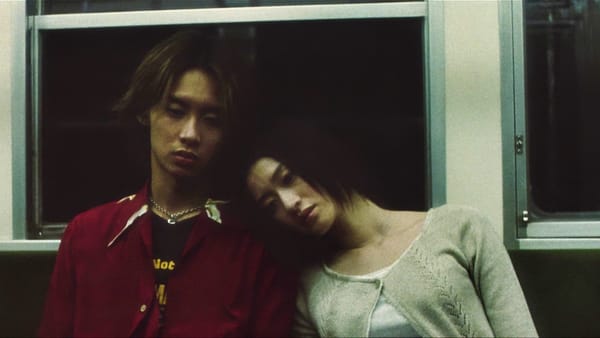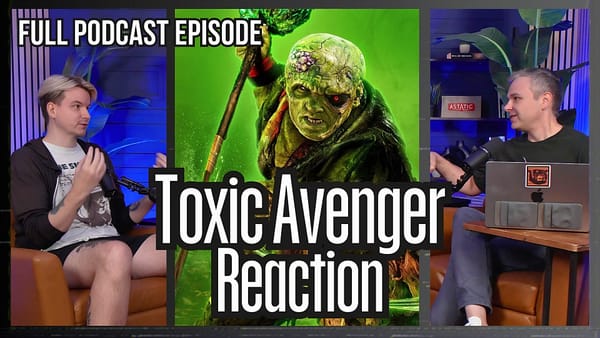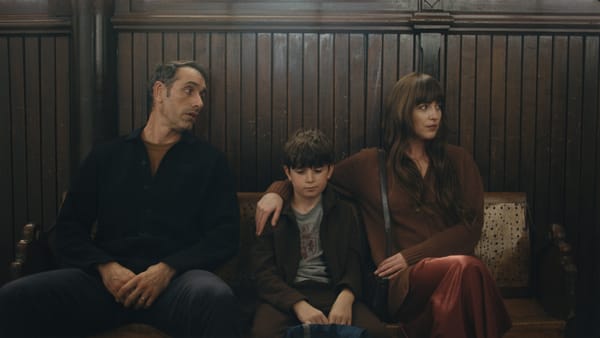The Twin Terrors of Self-Denial and Self-Discovery in ‘I Saw the TV Glow’
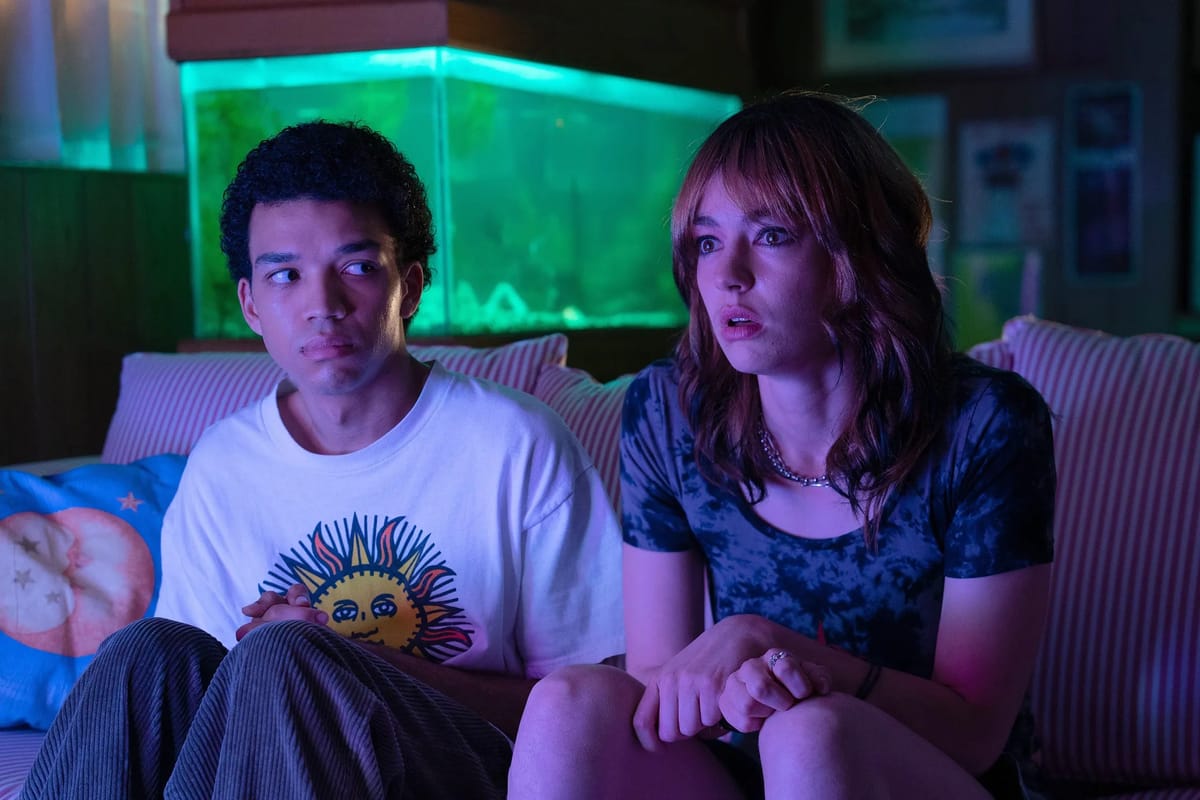
Can I just say I absolutely love I Saw the TV Glow? But it’ll be a long time before I’m ready to watch it again.
Writer-director Jane Schoenbrun’s genre-bending drama is one of the most emotionally powerful films I’ve seen all year—a viewing experience so intense, I’m not sure I could repeat it anytime soon.
This film is devastating, but in the best possible way. Schoenbrun has crafted something so haunting and unique that it leaves an imprint from mind to heart, one I’m still unpacking.

I Saw the TV Glow follows Owen (Justice Smith), a fragile, deeply introverted ’90s kid who becomes consumed by self-doubt and fear. Owen’s anxiety and shame is so oppressive that when a path toward happiness and safety finally appears, they’re too uncertain to take it. The result? Pure fucking tragedy.
Schoenbrun tells a story that’s as chilling and dark as it is profoundly intimate. This isn’t just a horror-adjacent coming-of-age tale; it’s an aching portrait of alienation and self-denial.
Schoenbrun reportedly crafted I Saw the TV Glow as a metaphor for the trans experience, portraying Owen and his only friend, Maddy (Brigette Lundy-Paine), as they become obsessed with a quirky TV show that mirrors their own struggles with identity and connection. Schoenbrun’s story is so vividly personal and precise that it opens up to everyone; you feel the characters’ turmoil and desires deeply, no matter your own identity.
Maddy and Owen obsess over The Pink Opaque, a TV show that blends Buffy the Vampire Slayer and Goosebumps and depicts two girls whose supernatural powers intensify as their connection deepens, leading them into battles with an array of kooky but dangerous demons.
The Pink Opaque becomes an anchor for Maddy, a fierce spirit trying to break out of their oppressive small town, and Owen, who lives in a non-affirming home and is desperate for a safe space. These two find a lifeline in each other, mirroring the bond depicted in The Peak Opaque, which serves as their shared escape and, more importantly, their shared truth.
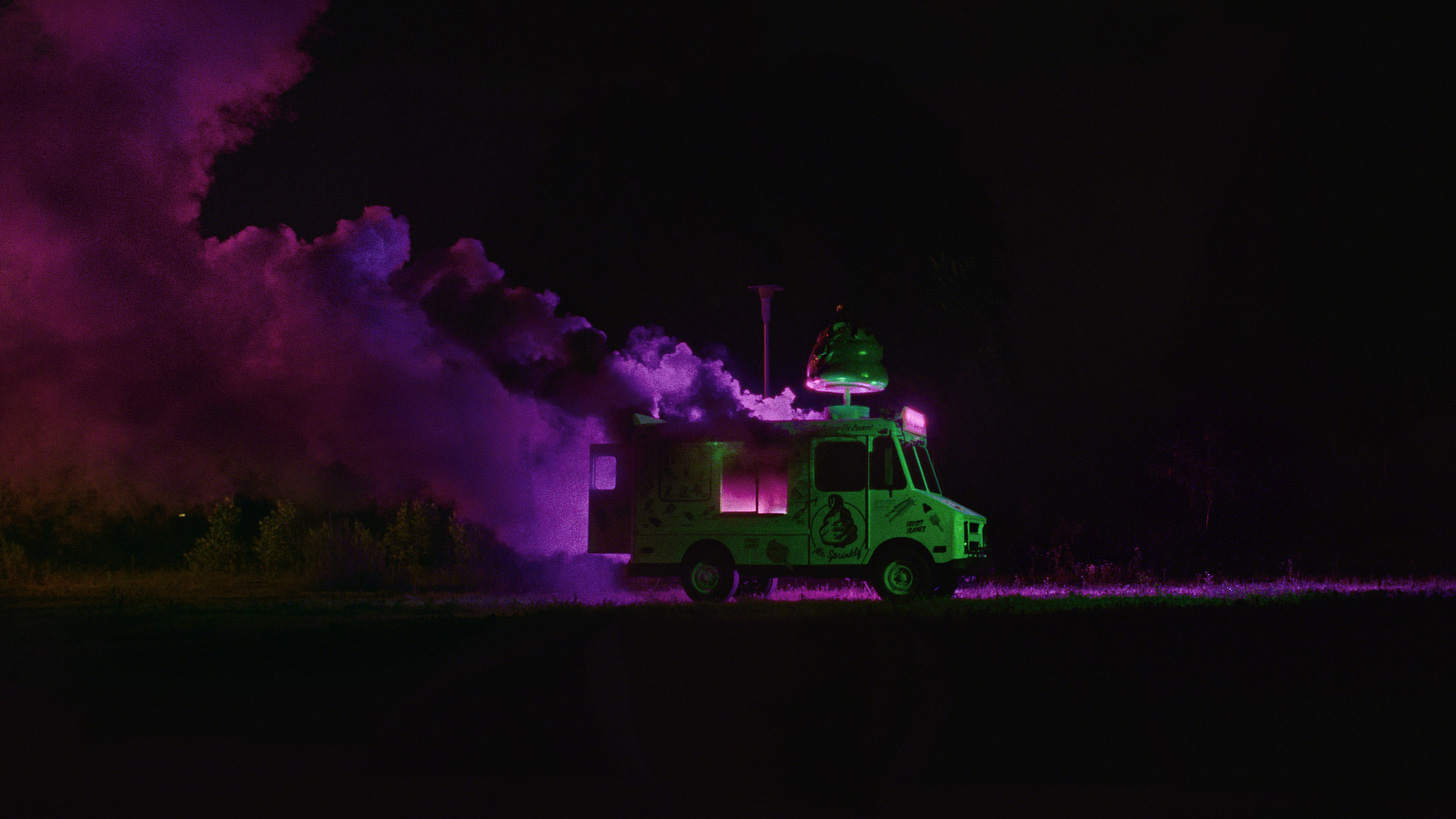
Schoenbrun creates a poignant parallel between the surreal world Maddy and Owen watch on TV and the lonely world they inhabit, exploring how personal connection can be both a sanctuary and a risk.
The film’s story unfolds with an atmospheric intensity that’s nearly wordless; cinematographer Eric Yue’s stunning visuals flood each scene with shadows, pinks, and purples that echo the characters’ desires and fears in visceral detail. The immersive imagery, combined with a haunting score and some intense musical setpieces (from Sloppy Jane with Phoebe Bridgers and King Woman), magnify every unspoken moment until the screen almost pulses with the characters’ hopes and anxieties.
As anxiety pushes Owen to retreat further into denial and isolation, Maddy grows fiercer, setting their past ablaze in pursuit of freedom, even if that means burning down their worldly connections and risking their life. Schoenbrun shows the price of self-denial alongside the terror and joy of self-discovery, in scenes that seem both universal and deeply personal.
I Saw the TV Glow may be slow-paced and ambiguous in its ending—something Schoenbrun does intentionally, leaving space for viewers to interpret what happens—but it’s the emotional truth in each frame that makes the story so potent.
Some might find the ambiguity and deliberate pacing challenging, but for those willing to engage with it, I Saw the TV Glow is a powerful, haunting work that resonates long after the credits roll. For me, it’s one of the most absorbing and emotionally resonant films in recent memory, and I can’t wait to see how Schoenbrun will break my heart next.


